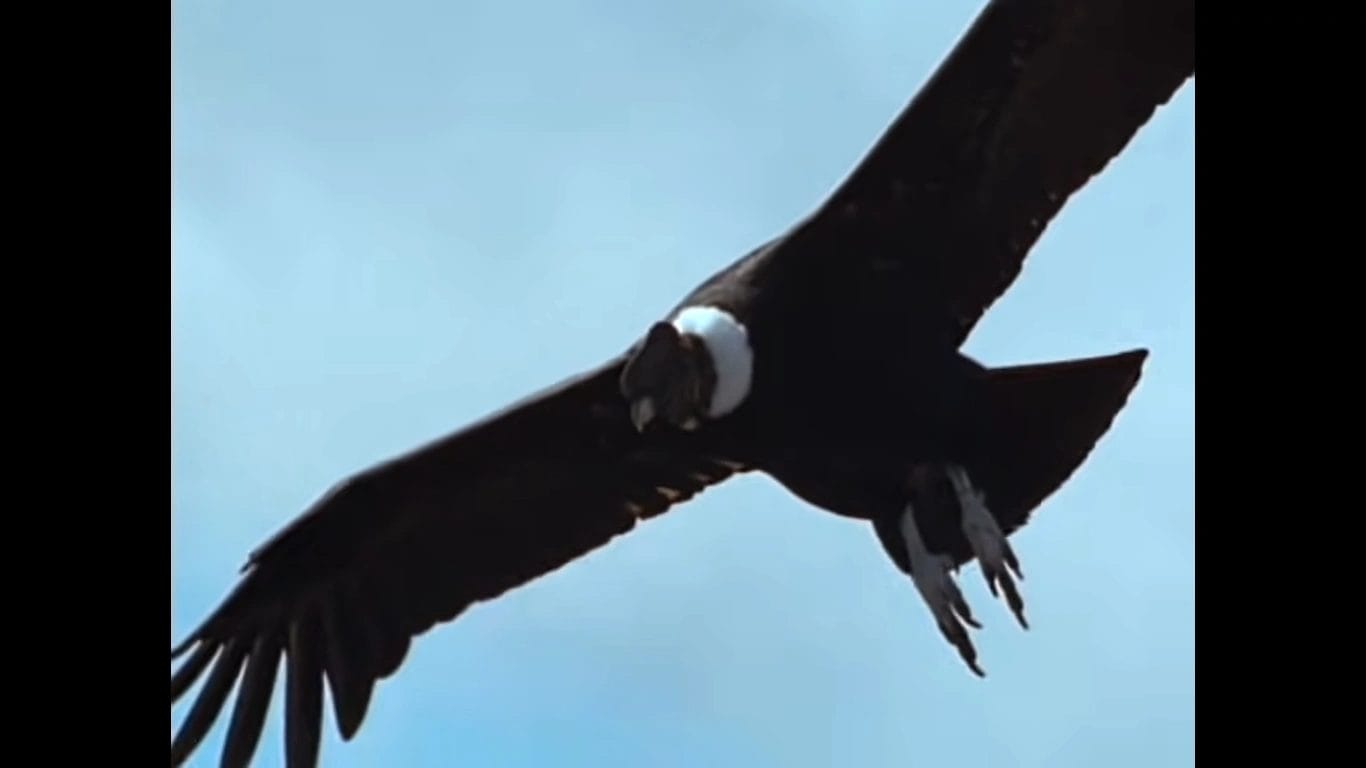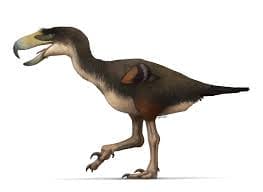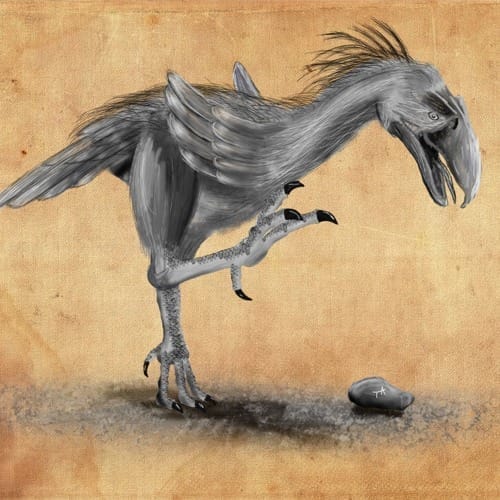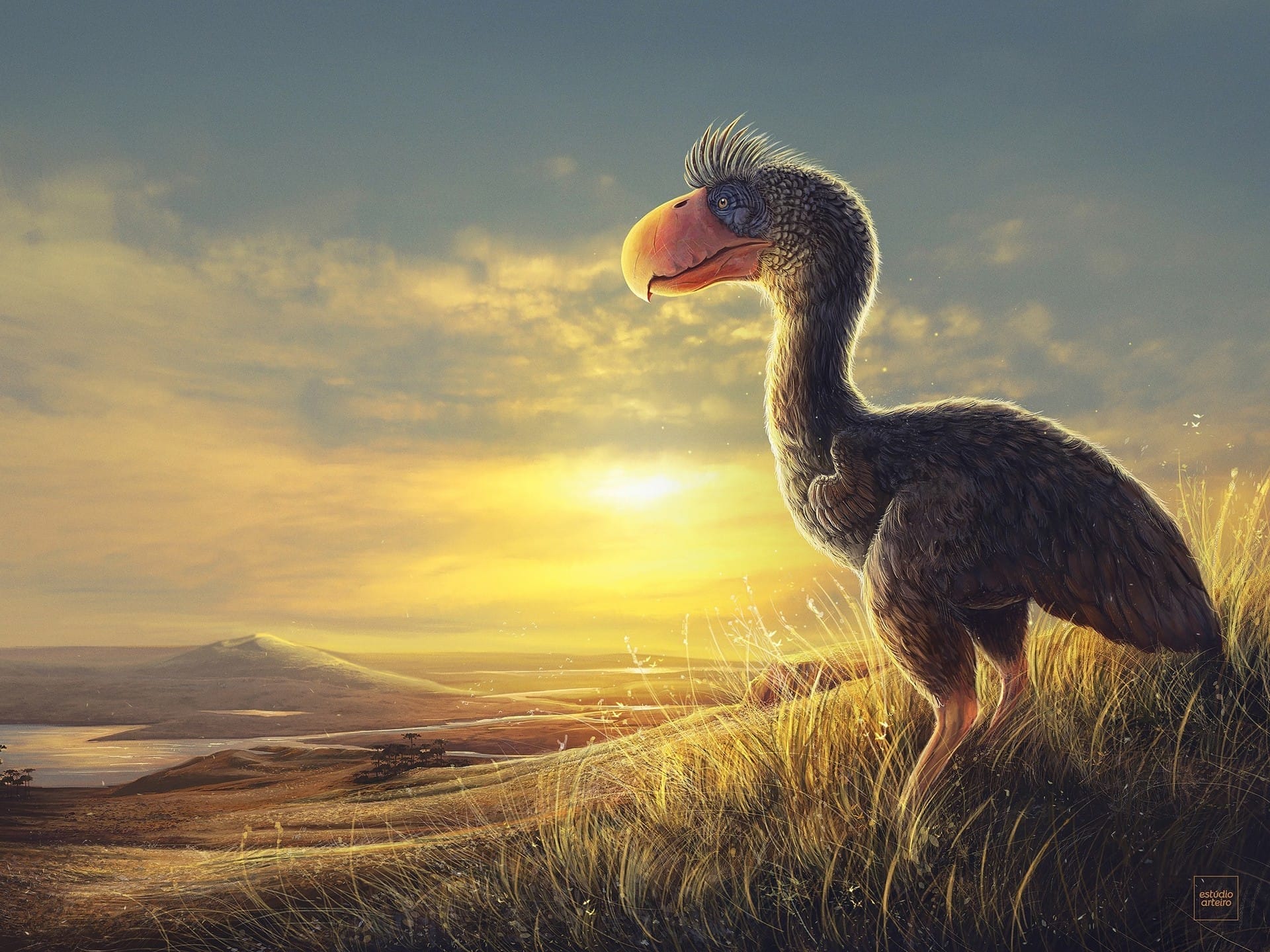Top10 PREHISTORIC BIRDS
PREHISTORIC BIRDS Millions of years ago, Earth was quite a dangerous place. Everything from huge dinosaurs to giant centipedes roamed in full glory. If humans of our size existed during those times, they would probably be relatively equivalent to the size of present-day ants as compared to the prehistoric creatures.
Prehistoric Birds So, it comes as no surprise that even birds of those days are the stuff that our nightmares are made up of. Thankfully, none of those giant prehistoric birds exists now.
1 Pelagornis sandersi – largest prehistoric bird, wingspan twenty to twenty-four feet

Pelagornis sandersi was the largest flying bird known to have lived on Earth. It had an estimated wingspan of twenty to twenty-four feet which is more than twice the size of the largest living, flying bird. The fossil was first unearthed in 1983 near Charleston, South Carolina. It was named Pelagornis sandersi in honor of retired Charleston Museum curator, Albert Sanders, who led the team that did the fossil’s excavation.
This extinct seabird was an apex predator and used to fly over the ocean to catch its prey. It was an incredibly efficient glider. Its long, slender wings helped it stay aloft despite its enormous size. To catch its prey, Pelagornis sandersi possessed a beak with bizarre, tooth-like spikes. These spikes, also known as pseudo-teeth, lined their upper and lower jaw. They were conical and pointed and were used to pierce the body of the prey which consisted primarily of fish and squid.(1,2)
2 Argentavis – one of the biggest prehistoric birds, wingspan 16.7 – 19.9 feet

Before the discovery of Pelagornis sandersi, Argentavis magnificens was hailed as the largest flying bird to have ever existed. Also known as the “giant teratorn”, Argentavis had an estimated wingspan of 16.7–19.9 feet. Fossils of this extinct species have been obtained mainly from central and northwestern Argentina.
Argentavis lived and searched for food in territories measuring probably more than 500 square kilometers. It was more of a scavenger than a predator. It is possible that it usually chased other carnivores and consumed their kills. Argentavis had a large slender bill with a hooked tip and a wide gape.
When hunting actively, Argentavis swooped from high above down onto their prey, grabbed, killed, and swallowed it without landing. Its skull structure suggests that it ate most of its prey whole rather than tearing off the flesh into pieces.(source)
3 Pelagornis Chilensis – flying bird, wingspan seventeen feet

Pelagornis chilensis was part of a prehistoric group known as the “bony-toothed birds” which existed between five and ten million years ago. It used to soar above the ocean and mountains of what is now Chile. This pseudo-tooth bird had a wingspan of sixteen to seventeen feet.
The only known fossil specimen of Pelagornis chilensis was discovered by an amateur collector in the Atacama desert at a site near El Morro. The fossil shows there are twenty tooth-like bone extensions (pseudo-teeth) on the bill. The giant bird used these pseudo-teeth to snatch fish and squid from water’s surface and swallow them whole.(1,2)
4 Teratornis – flying bird, wingspan eleven to twelve feet

Teratornis was a huge North American bird of prey. Fossils of more than one hundred individuals have been found in California, Oregon, Arizona, Florida, and southern Nevada. With a wingspan of eleven to twelve feet, this prehistoric bird stood thirty inches tall.
Teratornis preyed on creatures up to the size of a small rabbit and swallowed them whole. It used its feet to hold the prey while it tore off and ate pieces. But, the grip was not as forceful as many other birds of prey. Teratornis merriami became extinct at the end of the Pleistocene, some 10,000 years ago. (1,2)
5 Haast’s eagle – flying bird, wingspan 8.5 feet to 9.8 feet

Haast’s eagles were one of the largest known true raptors. In length and weight, Haast’s eagle was larger than the largest living vultures. Haast’s eagle was first described by Julius von Haast in 1871 from remains discovered by F. Fuller in a location that was a former marsh. The species was the largest eagle known to have existed even in those times. This large bird lived in the South Island of New Zealand and became extinct around 1400 CE.
Haast’s eagles preyed on large, flightless bird species. It even preyed on the moa which was up to fifteen times the weight of the eagle. Attacking at the speed of up to eighty kilometers per hour (fifty miles per hour), it seized the prey’s pelvis with the talons of one foot and killed it with a blow delivered to the head or neck with the talons of the other foot. Its striking force was equivalent to a cinder block falling from the top of an eight-story building. The large beak was used to rip into the internal organs of its prey, causing it to die by blood loss. (source)
6 Kelenken

Kelenken guillermoi was a species of giant, flightless, predatory birds belonging to the extinct family of “terror birds”. It lived some fifteen million years ago in Argentina and is the tallest terror bird known. Kelenken had the largest head of any known bird with a skull length of 71.6 centimeters (28.2 inches). Its beak alone was 45.7 centimeters long.
Kelenken was attributed to a variety of killing techniques. As a large flightless carnivore, Kelenken likely chased down its prey. Then it killed its prey with several, bone-shattering blows from its massive beak. Another possibility is that it may have picked up its prey and then proceeded to shake it vigorously. This vigorous shaking was done in order to break the back of the creature. Also, it may have been a scavenger, driving off other predators from their kills with its impressive size. (source)
7 Brontornis

Brontornis was a genus of giant, flightless, predatory birds that lived in Patagonia. Its weight is estimated to have been 350–400 kilograms (770–880 pounds), making it the third-heaviest bird ever known. Due to its bulk, it probably lived a lifestyle somewhere between an ambush predator and one that actively chased prey.
It pounced on its prey from a hideout and brought it down by the sheer force of attack after a short chase. Brontornis was able to kill large animals such as the elephant-like Astrapotherium. It apparently became extinct before the appearance of the immense Argentavis. (source)
8 Titanis

Titanis walleri was a 8.2 feet tall, flightless, carnivorous bird endemic to North America. It lived approximately two to five million years ago and was a part of the “terror bird” group. Only fragments of its skeleton have been found in the form of fossils. Its skull has not been found to this date. Comparing with the fossils of other preserved phorusrhacids, it most probably would have been large, with a huge, axe-like beak, like its relatives.
Titanis relied upon its eyesight for everything from prey identification to gauging distances between itself and prey. Fossils shows that it had very strong legs and hence could match any other animal in ecosystem for speed. Its beak ended in a pointed tip which curved down abruptly to a sharp point.
9 Phorusrhacos

The giant flightless bird, Phorusrhacos, lived in the woodlands and grasslands. It grew up to 2.5 metres (8.2 feet) tall and weighed approximately 130 kilograms (290 pounds). They had enormous skulls up to sixty centimeters long, armed with powerful, hook-tipped beaks. The structure of the beak and the large claws on the toes indicate that they were carnivorous. Its wings had sharp hooks that seem to be suited for gripping.
The beak was the primary tool of Phorusrhacos for killing prey. It killed its prey in two main possible ways. The first method was by picking up prey in its beak and then violently throwing it against the ground. The second method was by striking its prey on the back of the skull. After killing, the bird would tear up the carcass and eat the bite-sized chunks.(1,2)
10 Physornis

Between twenty-three to twenty-eight million years ago during the Oligocene Era, the flightless bird, Physornis, roamed the earth in South America. It was one of the larger and more robust members of a larger group, the Phorusrhacidae. It roamed around Argentina and was one of the earliest terror birds. Unfortunately, not a lot of information have been gathered about the now extinct Physornis. Nevertheless it is still considered to have been a significantly dangerous carnivorous bird. (1, 2)
Read More Article: Wild Birds Unlimited Eastern Bluebird
Read More Article: Bird’s-Eye View Definition Meaning & Examples
Read More Article: How Do Birds Mate Here’s Our Top 15
Read More Article: The 25 MOST Common Birds In Colorado
Read More Article: 10 Yellow And Black Birds You Should Know
Read More Article: Can cats eat yogurt
